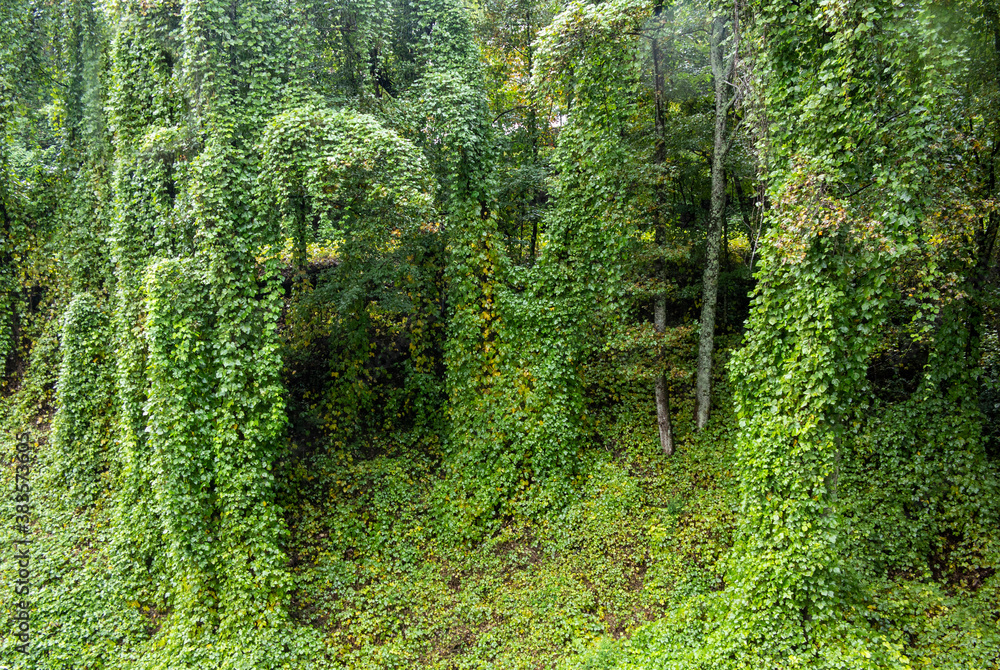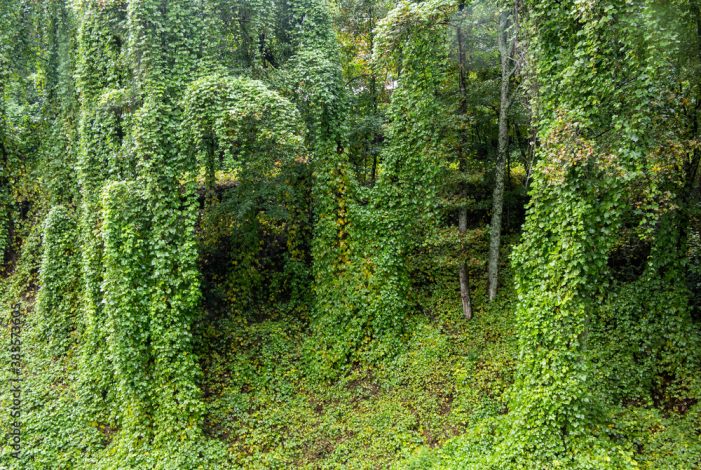 ROCKWALL, TX (Oct. 27, 2022) Horror films are not my genre, though, in my youth, I relished the Friday night “Chiller” feature on TV. Old movies like “Dracula,” “Frankenstein,” and “The Wolf Man” were part of my coming-of-age repertoire.
ROCKWALL, TX (Oct. 27, 2022) Horror films are not my genre, though, in my youth, I relished the Friday night “Chiller” feature on TV. Old movies like “Dracula,” “Frankenstein,” and “The Wolf Man” were part of my coming-of-age repertoire.
One night many full moons ago, all alone in the house, I stayed up late to watch a scary movie I’d seen years before. I remembered it as good and harmless—like a roller-coaster ride that heightens anticipation with each turn and then terrifies momentarily here and there before letting you go. But when I began to sense that creepy feeling of something lurking behind me, I turned off the TV. That’s when I imagined seeing a disembodied head staring out of a return-air vent and raced upstairs to bed.
Having forever sworn off horror films since that night, I’m no expert on them. But I’ve retained a well-informed memory of their opening scenes, with deceptively pleasant music playing. Just as you feel at ease, the volume suddenly rises, sending your heart racing. Maybe a violin screeches, or a gong strikes.
Based on my limited knowledge of scary movies, please allow me to suggest the following opening scene:
A young couple in a convertible drive toward the lush property they viewed and purchased online. (Soft music plays.) They arrive at the location after passing lovely country estates and turn down a long dirt road to discover their very own grove of hardwood trees—covered in verdant green ivy. Only it’s not ivy. (Panoramic close-up view; music distorts with eerie scraping sounds). They’ve arrived in the Kudzu Zone.
Kudzu is a coiling, invasive perennial plant in the pea family, which sounds tasty and is said to be edible. Introduced to the US in the late 1800s as an ornamental plant, it later became a remedy for soil erosion and was found useful as an herbal medication. But finally, due to its insidious growth, Kudzu was placed on the Federal Noxious Weed List in 1970.
In the accommodating soil of the Southeastern US, Kudzu consumes more than 100,000 acres per year. It flourishes in nitrogen-deficient soil; cold and drought do not stop it. It robs trees and plants of sunlight, causing them to die. Its strong tendrils break branches, push through buildings, and damage power lines.
Landowners and municipalities must deal with the blight Kudzu brings. It’s difficult and costly. Sort-of like dealing with the effects of evil in the world.
Evil often creeps in slowly before we see it full blown. At first it can appear attractive, or at least benign. It might even offer some benefit, like the promise of relieving a need. Evil typically seeks the deficient soil of a troubled life, or a bitter, angry soul. We regularly see the results of evil in the headlines, after its harmless appearance has turned ugly or its supposed benefit has turned sour.
Our world abounds with entrenched evil, and we sense it lurking all around us. God will one day destroy evil, but meanwhile, he has provided his Son for us.
Jesus said, “I am the door. If anyone enters by me, he will be saved and will go in and out and find pasture. The thief comes only to steal and kill and destroy. I came that they may have life and have it abundantly. I am the good shepherd. The good shepherd lays down his life for the sheep” (John 10:9 – 11*).
Psalm 23:4 says, “I will fear no evil, for you are with me.” Through Christ, these words become our own.
*Scriptures from the English Standard Version

By Patti Richter. Patti writes and edits Christian faith articles and has co-authored Signs of His Presence: Experiencing God’s Comfort in Times of Suffering (March 2019). Read more of her essays at blueribbonnews.com/category/faith.
MORE FROM PATTI RICHTER
Patti Richter, On Faith | In Autumn and Beyond: Reasons To Be Glad
Our print edition delivers free to ~17,500 homes and businesses throughout Rockwall County, TX. Click image to view.
To share your good news and events, email editor@BlueRibbonNews.com.
Subscribe to our email newsletter here.
Advertising: 214-342-8000 or advertising@BlueRibbonNews.com.





